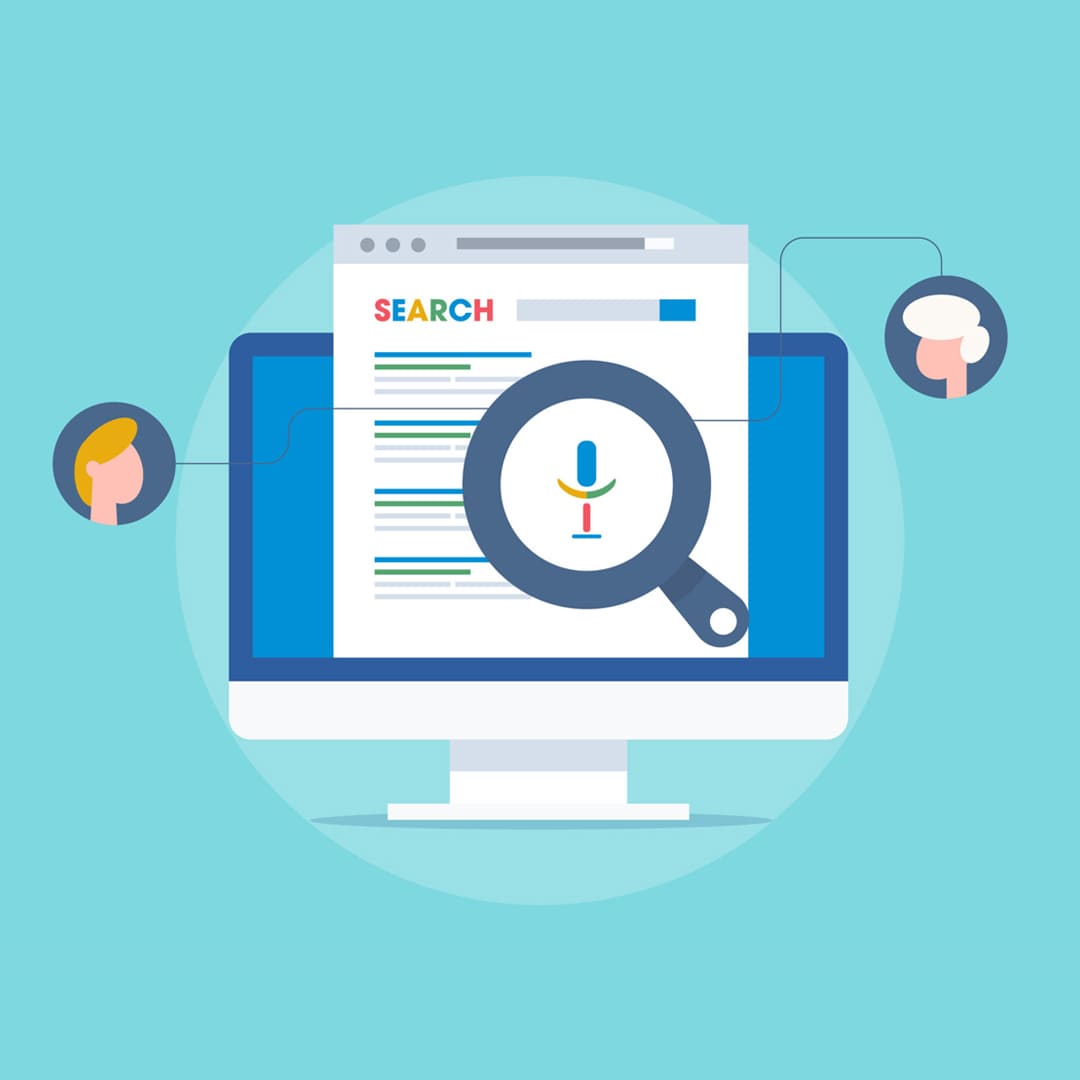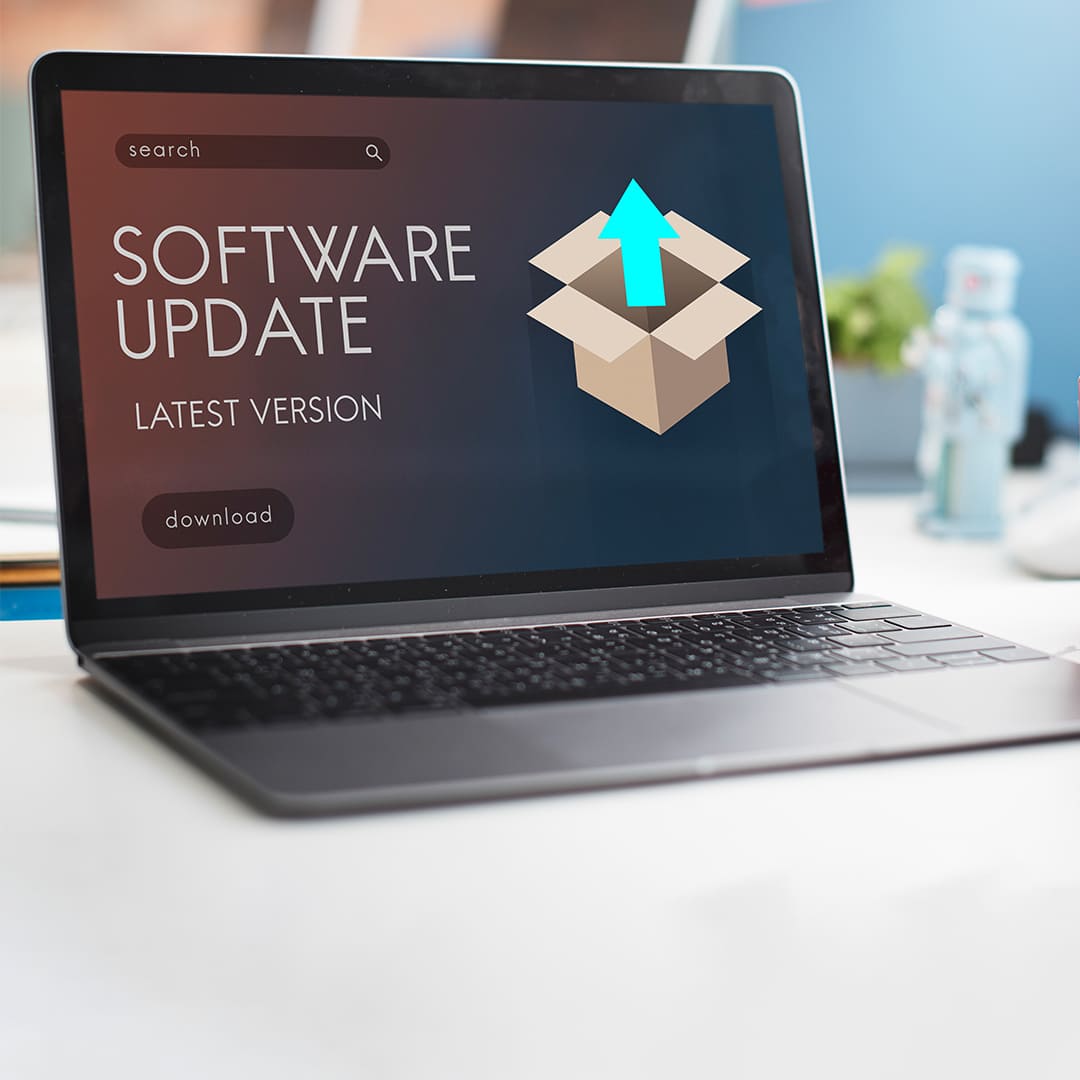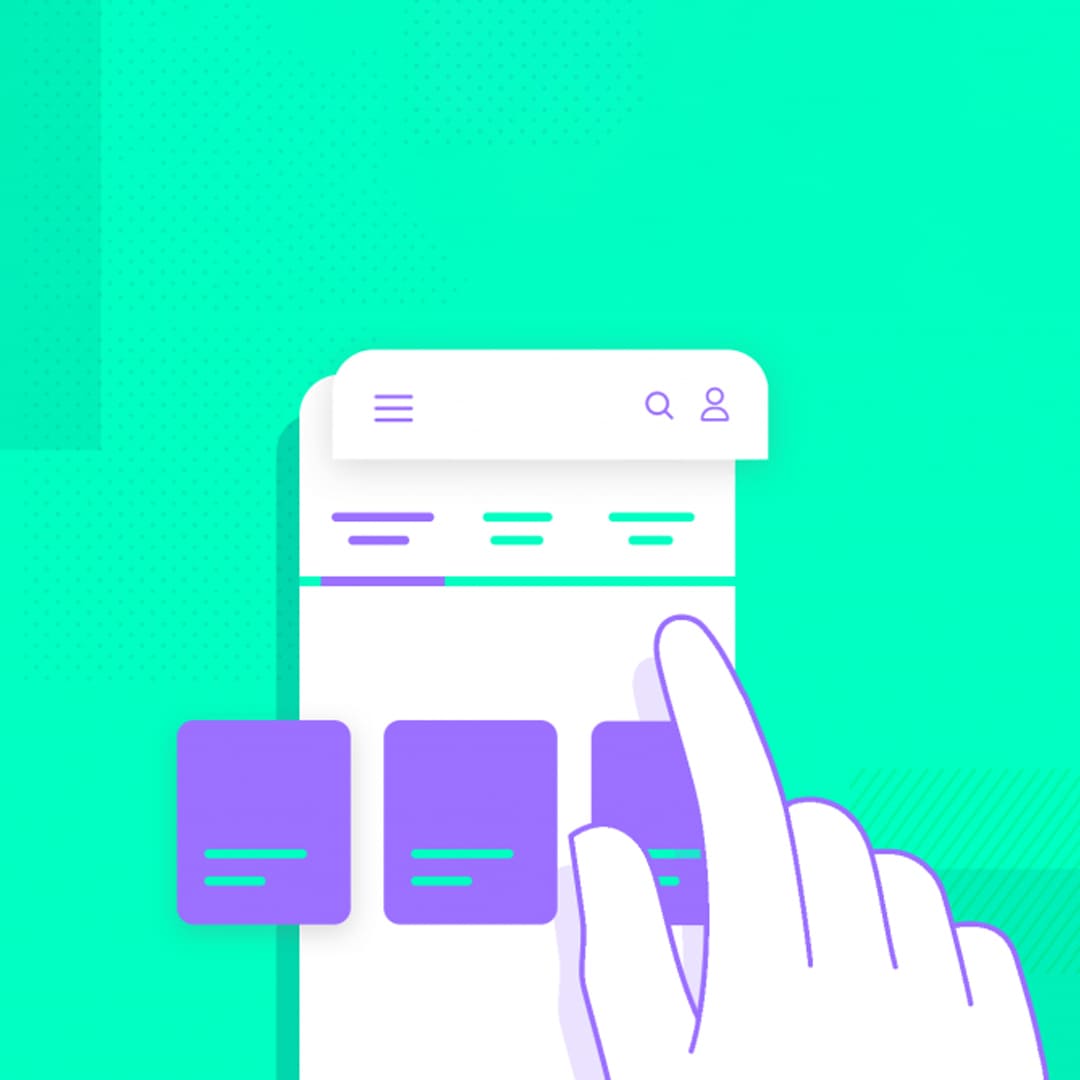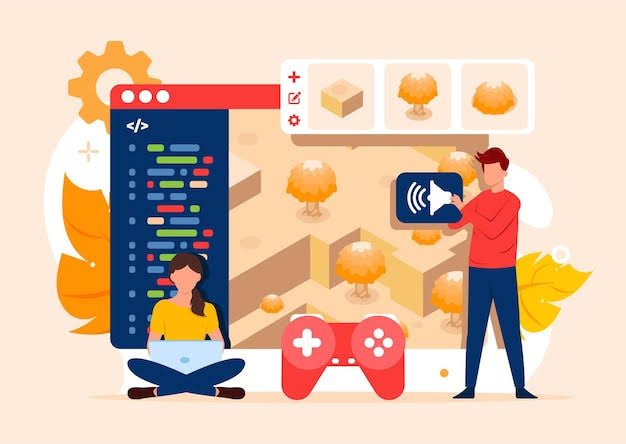Beyond Reviews:Ignite Your Success with Customer Perception

Any business or product needs to evaluate consumer perception and feedback for the purpose to be comprehended and improved. Customer opinions possess the power to make or break whether or not an organization succeeds or fails in the fast-paced, competitive market of nowadays. The information gathered from meticulously evaluating client feedback is important for the purpose of understanding consumer satisfaction, preferences, and areas for potential enhancement. Businesses may encourage an approach that is customer-focused by identifying strengths to emphasize and imperfections to rectify through investigating the nuanced aspects of consumer perception. This procedure helps to enhance goods and services while increasing the connection between the company and the customers it serves. Having the ability to effectively evaluate and respond to client input in this constantly changing setting is a competitive advantage that can foster profitability over the long haul and customer loyalty.
The Value of Feedback from Customers
Feedback from customers plays an important role for companies in an assortment of sectors. It is a significant repository of data that can help make selections, enhance satisfaction with clients, improve the quality of products and services, and ultimately contribute to helping a firm succeed as an organization. The following are some statements highlighting the value of client feedback:
Understanding of Customer Needs and Preferences: Customer feedback assists in understanding their requirements and preferences as well as what is significant to them. By combining the previously mentioned data into the goods or services they provide, businesses are able to anticipate the specifications and preferences of their consumer base.
- Enhancement of Products and Services: Feedback indicates areas in requirements for development. Customer feedback, whether it be a request for a modification, something wrong with a service, or an imperfection in a product, helps businesses enhance the products and services they provide.
- Enhanced Customer happiness: Businesses demonstrate their dedication to customer fulfillment by proactively requesting and responding upon recommendations. Addressing customer concerns and suggestions fosters a positive relationship, leading to increased customer loyalty.
- Brand Loyalty and Advocacy: Consumers are far more likely to maintain a relationship with a brand whenever they perceive that their opinions have been considered and are being heard. Additionally, delighted consumers are more inclined to share their experiences with others about the business in question.
- Competitive Advantage: Obtaining a competitive advantage involves understanding your customers' preferences and responding to their constantly shifting requirements. Businesses that adapt quickly based on customer feedback are more likely to stay ahead in the market.
- Identification of Trends and Patterns: Analyzing feedback in aggregate allows businesses to identify trends and patterns. This makes it easier in predicting market trends, comprehending new problems, and implementing proactive improvements.
- Risk reduction: feedback from consumers can function as a kind of warning system for emergencies. Promptly acknowledging and dealing with problems helps stop them from continually getting worse, which minimizes the chance of negative media coverage and diminished revenues.
- Innovation and New prospects: Discovering new company potential customers and developing up with innovative concepts might result from spending time with customers. Customers frequently provide suggestions which serve as a catalyst for the innovation and development of groundbreaking products and services.
Customer feedback provides organizations details that they may utilize to make decisions that are based on data. The proper distribution of resources and execution of strategies both depend on this data-driven technique.
Employee Motivation and Engagement: Encouragement from customers might help employees feel better about themselves. Employees are considerably more likely to accomplish expectations for outstanding performance when they are aware of the fact that they are doing their best toward improving customer satisfaction.
Analyzing Customer Perception
Understanding how customers perceive a firm is essential, and this necessitates a thorough examination of customer perception. The concept of "customer perception" refers to the way consumers perceive and comprehend the products and services of an organization, its reputation, and fundamental company procedures. Here are key steps and considerations for analyzing customer perception:
Surveys and Feedback: Implement surveys and feedback mechanisms to collect direct input from customers. This can be done through online surveys, feedback forms, or customer reviews. Understanding common themes, satisfaction levels, as well as possibilities for development can be accomplished through examining the responses received.
Monitoring social media means closely observing any references, evaluations, or remarks made on websites related to your company. You may get current observations on customer interactions with your brand, products, and services by using social media.The whole process can be streamlined and computerized with the implementation of tools like social media monitoring platforms.
Analyze online feedback and evaluations from sites including Yelp, Google, and review websites dedicated to specific business sectors. Watch reviews, good and bad, to find out how satisfied customers are with your business and to identify specific aspects that affect how people perceive it.
Interviews with customers and focus groups: To obtain qualitative insights, conduct in-depth interviews or focus groups. With this approach, consumer attitudes, preferences, and experiences can be explored in greater detail. It provides a more nuanced understanding of perception beyond numerical ratings.
Chart the whole customer journey, starting with the initial conversation and ending with post-purchase assistance. Determine the touchpoints consumers use to create opinions and assess their experiences. This can assist in identifying potential problem areas that negatively affect perception.
Compare your company's image to that of your competitors by doing a competitiveness analysis. By being aware of how clients see your firm, you may highlight the advantages and disadvantages it has over rivals.
Analyze the consistency of your brand messaging across various platforms by doing a brand image and messaging analysis. Make sure the messaging you're using corresponds with the real customer experience. Any disparity might cause misunderstandings and have a detrimental effect on how things are perceived.
Data Analytics and Metrics: Utilize data analytics tools to analyze quantitative metrics related to customer interactions, website traffic, and sales. To gain insight into the behavior and perception of your customers, look for patterns and connections.
Workers' opinions: Workers are frequently a company's first line of communication. Collect feedback from employees about customer interactions and their observations. Happy and engaged employees can positively influence customer perception.
Actionable Insights and Continuous Improvement: Translate the insights gained from customer perception analysis into actionable strategies. Implement changes based on feedback, and regularly revisit the analysis process to ensure continuous improvement.
A combination of qualitative and quantitative methodologies are needed for the continuous process of customer perception analysis. You may make wise decisions to improve customer satisfaction, upgrade goods and services, and establish a positive brand image by knowing how consumers view your company.
The Feedback Lifecycle of Customers
The phases that customer feedback goes through, from initial collection to improved implementation, are referred to as the customer feedback lifecycle. It is an ongoing process that entails obtaining, evaluating, and acting on feedback from customers. The customer feedback lifecycle contains the following essential phases:
Collection:
- Proactively Gathering: Make use of a range of channels, such as social media, questionnaires, feedback forms, and interactions with customer service, to proactively gather feedback from customers.
- Passive Gathering: Keep a look out for and compile freely submitted client feedback, such as comments made without solicitation, mentions on social media, and online reviews.
- Recording and Documentation: Document all received feedback systematically. Categorize feedback based on topics, sentiments, and other relevant criteria. This step ensures that feedback is organized and can be easily referenced.
- Prioritization: Order feedback according to how it will affect client satisfaction, corporate objectives, and practicality of implementation. While certain comments might be part of a long-term plan, others might have an effect more quickly.
- Action Planning: Make strategies to deal with the problems that have been determined to require improvement. This entails selecting certain adjustments, establishing objectives, and figuring out the resources needed to carry them out.
- Implementation: Based on the analysis of the input, carry out the scheduled modifications and enhancements.This can involve product updates, process changes, employee training, or any other necessary adjustments.
- Communication: Inform customers about the changes made in response to their feedback. Open communication fosters trust and demonstrates to clients how much you value their opinions.
- Monitoring: Pay close attention to the results of any modifications that are implemented. Key performance indicators (KPIs) should be tracked in order to assess improvements in customer satisfaction, loyalty, and related metrics.
- Closing the Loop: Contact the customers who submitted feedback again in order to close the feedback loop. This can involve expressing appreciation, outlining the steps done, and asking for more suggestions.
- Iterative Process: Acknowledge the iterative nature of the customer feedback lifecycle. Get input frequently to ensure that the changes you've made are effective and to identify any new areas that require improvement.
- Flexibility: Always be prepared to adjust plans to account for changing client needs and shifts in the business environment. Holding onto a customer-centric mindset requires flexibility.
Combining information from the feedback lifecycle with the larger customer experience plan is known as integration with customer experience (CX) strategy. Align feedback analysis with overall business objectives and customer satisfaction goals.
Employee Training and Engagement: Train and engage employees in the feedback process. Give them the knowledge and resources they need to get client feedback and handle it well.
Through adherence to the customer feedback lifecycle, enterprises may establish an ongoing improvement loop that fortifies client connections, improves goods and services, and fosters sustained success. Gathering feedback is not enough; you also need to actively use it to influence change for the better and satisfy customers.
Methods for Getting Customer Input
There are various methods for getting client feedback—conventional and modern—and each has pros and cons of its own. The selection processes are frequently determined by the sort of business, the information that is needed, and the preferences of the target audience. Here are a few well-liked methods for getting customer feedback:
Surveys:
Create and disseminate online surveys using social media, email, or the business website. A large audience can be reached using inexpensive online surveys.
Surveys conducted offline: For clients who might not be easily accessible online, administer surveys offline, either in person or through mail.
Feedback Forms: Embed feedback forms on websites, in product packaging, or within mobile applications. Usually, clients can do them quickly and easily.
Focus groups and individual interviews should be held in order to obtain comprehensive qualitative input. This strategy is beneficial for delving more into the perspectives and ideas of consumers.
Social media listening is the process of keeping an eye out on social media channels for mentions, reviews, and comments linked to brands. Instantaneous feedback and sentiment analysis are obtainable through social media.
Consumers should be encouraged to post reviews on review sites that are industry-specific or on platforms such as Yelp, Google, and others. A quick picture of client happiness can be obtained by looking through internet evaluations.
Customer Support Interactions: Utilize feedback gathered during customer support interactions. Customer service representatives can note common issues or concerns raised by customers.
In-App Feedback: If appropriate, gather user input straight from mobile apps. This allows users to give feedback in real time for mobile apps or software.
Establish client panels and advisory boards: These should be made up of a small number of customers who offer continuous input and analysis. Building lasting relationships is a benefit of this strategy.
Email Feedback Requests: Send targeted email requests for feedback after specific customer interactions or purchases. This method can be personalized and timed strategically.
Usability Testing: Conduct usability tests to gather feedback on the user experience of products or websites. This method is especially valuable for identifying design or functionality issues.
Customer Feedback Kiosks: Place kiosks in physical locations to gather on-the-spot feedback. This is common in retail or service-oriented businesses.
Call Centers: Gather feedback through phone calls. Although it could take some time, this approach is helpful for getting specific, direct feedback.
Examine website analytics to gain insight on user activity. This indirect method can provide insights into user preferences and pain points.
Purchase and Transaction Data: Analyze customer behavior and feedback based on purchase data, order history, and transaction details.
Utilizing a mix of these techniques helps businesses have a deeper comprehension of consumer feedback. Selecting approaches that capture a range of viewpoints, are in line with the intended audience, and offer useful insights for ongoing development is crucial.
Examining Consumer Input
Converting unprocessed data into useful insights requires analysis of consumer comments. In order to make wise decisions and advancements, the objective is to gather valuable information from a variety of sources of feedback. Here's a how-to guide for handling customer feedback analysis:
Combine and Arrange Information: Gather and compile feedback from a variety of sources, including social media, reviews, polls, and customer service exchanges. Sort the input into categories according to themes, subjects, or sentiment in a methodical manner.
Quantitative Analysis: Use quantitative analysis to process numerical data, such as ratings, scores, and numerical responses. In order to find general trends or patterns, compute averages, percentages, or other pertinent metrics.
Qualitative Analysis: To understand the unique characteristics and context of customer feedback, employ qualitative analysis. Look for common themes, keywords, or renowned phrases to find out additional information regarding your consumers' perceptions of business.
To determine the emotional content of customer remarks, sentiment analysis techniques are applied. Sort responses into three categories: neutral, negative, and positive to determine the overall sentiment.
Written comments may provide valuable insights when you utilize text mining and natural language processing (NLP) techniques. Find hidden patterns by analyzing keywords, sentiment, and themes.
- Customer Segmentation: Segment feedback based on customer demographics, purchase history, or other relevant criteria. Analyzing feedback within specific customer segments can provide targeted insights.
- Root Cause Analysis: Identify the root causes of common issues or concerns raised by customers. Understanding the underlying problems helps in developing effective solutions.
- Benchmarking: Compare customer feedback data against industry benchmarks or competitors. Benchmarking provides context and helps evaluate the business's performance relative to others.
- Trend Analysis: Track feedback over time to identify trends. Analyze changes in customer sentiment, key issues, or satisfaction levels to adapt strategies accordingly.
- Cross-Referencing with Operational Data: Cross-reference customer feedback with operational data, such as sales figures or customer service metrics. This helps correlate feedback with actual business performance.
- Order Issues: Sort comments according to their importance and seriousness. Pay close attention to the problems that have the biggest impact on client loyalty and satisfaction.
- Customer Journey Mapping: Utilizing customer input, map the customer journey onto the customer's trip to determine where customers are most satisfied or face obstacles. This facilitates the process of identifying problem areas.
- closed-loop feedback: Put in place a closed-loop feedback system in which clients submit input and then get in touch with you again. In addition to expressing gratitude, this offers a direct channel of communication for addressing issues.
- Continuous Monitoring and Iteration: Customer feedback analysis is an ongoing process. Continuously monitor and iterate your analysis methods based on changing customer expectations and business dynamics.
- Data Visualization: Use data visualization tools to present feedback trends and insights in a clear and easily understandable format. Accessible visualizations of complex data include graphs and charts.
- Collaborate Across Departments: To obtain a variety of viewpoints on client feedback and to enable a comprehensive approach to improvement, promote collaboration between several departments, including marketing, sales, and customer service.
Businesses that take a thorough approach to customer feedback research might find insightful information that informs strategic choices and improves the customer experience in general. In addition to identifying problems, the objective is to put in place workable remedies that increase client loyalty and happiness.
Stay Ahead, Stay Informed:Monitoring Market Waves, Analyzing Competitor Moves
Businesses looking to stay competitive and adjust to the ever-changing business environment must closely watch market trends and competition positioning. This is a manual that will help you analyze your competition and keep an eye on market trends:
Explain important indicators and metrics: Decide which measurements and key performance indicators (KPIs) are pertinent to your industry and company objectives. This could contain market share, sales information, customer satisfaction ratings, and other pertinent metrics.
Construct a Monitoring System: Employ technology and methods to construct a methodical monitoring system. This might involve employing analytics platforms, social media listening instruments, and market research companies to keep an eye on important information and developments.
To be up-to-date on new developments in technology, regulatory improvements, and general marketplace trends, frequently examine industry journals, documents, and the newspapers. Industry gatherings and conferences can be excellent knowledge sources as well.
- Analyze your competitors: Look into them in great detail. This involves staying informed about the product's offers, advertising approaches, price policies, and feedback from consumers. For an understanding of their advantages, disadvantages, opportunities, and hazards undertake a SWOT analysis.
- Customer Feedback and Comments Regarding Rivals: Pay particular attention to consumer evaluations and comments regarding others who are competing. Examine the aspects of their goods and services that consumers like and dislike. This information can provide insights into areas for differentiation.
- Social Media Monitoring: Employ social media monitoring tools to stay apprised of market trends and competitor references on social networking platforms. Social media discussions can be analyzed to provide an understanding of the interests and points of view of consumers.
- Surveys and Market Research: To receive first hand information from your target market, regularly do surveys and market research. Recognize their expectations, pain spots, and preferences. This information may assist with direct the creation and promotion of product approaches.
- Performing a SWOT Analysis for Your Company: Continuously evaluate the possibilities, dangers, shortcomings, and advantages of your particular company. This internal analysis helps identify areas for improvement and strategic initiatives.
- Technology Adoption: Monitor trends in your industry's use of technology. This includes new tools, software, and technology that could change how business is done.
- Global Economic Trends: Keep an eye out for developments that could affect your sector of the economy. Shifts in the economy can affect market demand, consumer behavior, and purchasing power.
- Partner and Work Together with Suppliers: Forge solid bonds with essential partners and suppliers. Their insights into supply chain dynamics, market trends, and possible disruptions can be extremely important.
- Regulations: Maintain knowledge of any alterations to the legislation that could impact the sector you work in. Law and modifications to regulations can have significant consequences on the manner in which firms run.
- Feedback from Surveys and Customers: Gather regular feedback from consumer groups to see how their demands and goals are developing. Make the necessary adjustments to your products and services using this knowledge.
- Competition Analysis Should Be Performed Constantly: Competition analysis should be performed continuously. Keep up with your competitors' moves, new product releases, and tactical adjustments by updating your expertise often.
- Planning for Scenarios: Recognize and prepare for many eventualities, such as possible modifications to the competitive landscape and market dynamics. Create backup strategies to reduce potential hazards.
Encourage transparent communication among staff members inside your company. Ascertain that pertinent departments are informed about insights obtained from observing market trends and competition positioning.
Businesses may make well-informed decisions, spot growth possibilities, and maintain flexibility in a business environment that is changing quickly by keeping a close eye on competition positioning and market trends. Businesses can modify their tactics to stay resilient and competitive over time with the support of this ongoing monitoring and analysis.
In conclusion, an essential instrument for companies seeking to prosper in an increasingly competitive marketplace is the analysis of client feedback and impression. Organizations can obtain significant insights that inform decisions regarding strategy, product development, and overall enhancement by proactively paying attention to the feedback of customers. A customer-centric culture is encouraged by the feedback cycle, which creates a constantly evolving connection between organizations and their consumer base. Successful businesses know that comprehending and responding to feedback from customers is a constant pursuit of outstanding performance rather than only a technique. The capacity for adaptation in response to adequately informed input becomes increasingly important as technology develops and consumer preferences change. In the end, however, companies that place the greatest emphasis on feedback from consumer analysis set themselves up for long-term achievement in a market that constantly evolves, profitable development, and increased satisfaction with their customers.
Recent Stories
500k Customer Have
Build a stunning site today.
We help our clients succeed by creating brand identities.
Get a Quote





















































































































